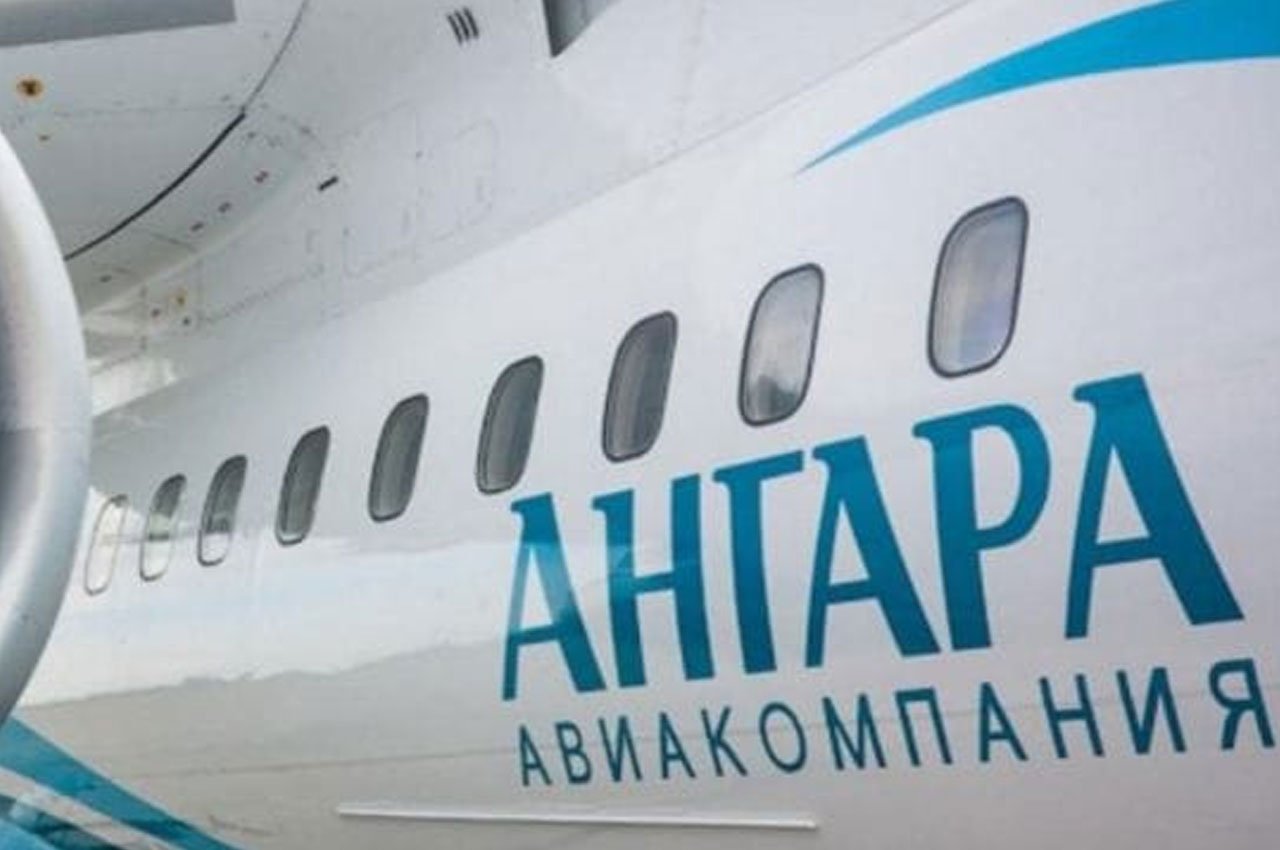A Russian Antonov An-24 passenger aircraft operated by Angara Airlines crashed during its second landing attempt near Tynda in Russia’s Far East, killing nearly all onboard. According to The Indian Express, the Soviet-era turboprop, carrying an estimated 43 passengers- including five children – and six crew members, vanished from radar amid poor visibility and monsoon conditions. Emergency crews discovered the burning fuselage approximately 15 kilometres south of the Tynda airport on a remote hillside in Amur Oblast, near the Chinese border.
A Remote Crash Site in Dense Forest
Russian Emergency Ministry helicopters located the smouldering wreckage around 1 pm local time, after the plane dropped off radar mid-flight. The crash site lies in dense taiga forest on a mountainside - a challenging area that required rescue teams to proceed on foot due to rough terrain. Initial visuals showed thick smoke billowing above the fuselage with debris scattered across the hillside. Reports confirm there were no signs of life.
Crew Error in Poor Visibility a Likely Cause
Preliminary statements from Russian officials suggest that crew error during landing amid poor visibility may have triggered the disaster. The aircraft, nearly 50 years old, was making a second approach to Tynda runway when contact was lost. Authorities are also examining factors such as fog, rain, and the aircraft’s age, which raised safety concerns earlier this year after another Angara aircraft suffered a nose-gear collapse.
Passenger Census Varies Slightly
Regional authorities and emergency officials provided slightly differing passenger counts. The regional governor noted 43 passengers and six crew, including five children, were on board. However, the Emergency Ministry cited around 40 people. Some agencies initially reported up to 50 individuals, meaning precise numbers may only be confirmed after manifest reviews and family notifications.
Investigation Underway: Aviation and Transport Officials Involved
Russian investigators from the transport prosecutor’s office and the Interstate Aviation Committee have launched a criminal inquiry into suspected flight safety violations. President Vladimir Putin has been briefed on the matter. The probe is expected to focus on the aircraft’s weather performance, pilot protocols, approach procedures, radar communication, and any possible mechanical faults.
A Pattern of Incidents with Aging Fleets
Angara Airlines and other regional carriers in Russia operate aging aircraft, particularly An-24 and An-26 models. Some of these planes, including the one in this accident, continue to fly despite concerns about their airworthiness. In 2019, the same airline experienced a nose-gear malfunction during landing. In 2021, two An-26 transport planes crashed in the Far East, both resulting in fatalities. Aviation experts have repeatedly called for the retirement of older jets or their replacement with modern aircraft.
Widening the Lens: Remote Regions, Limited Infrastructure
Russia’s Far Eastern aviation network relies heavily on short-haul, turboprop flights connecting sparsely populated towns across vast distances. Many of these runways are in mountainous or forested terrain and are known for sudden weather changes. These factors, combined with aging aircraft fleets, have long posed risks to flight safety in the region.
Despite improvements in regulatory oversight after several high-profile crashes, experts warn that accountability must be balanced with investment in infrastructure and fleet modernization – especially when safety and remoteness collide.
What Happens Next
- All crash victims remain presumed dead at this point, pending recovery and formal identification.
- Investigators will analyze cockpit voice and flight data recorders to understand the final moments of the flight.
- Airlines and regulators may face government scrutiny, potentially triggering reviews into phase-out plans for older aircraft and stricter crew training guidelines.
Photo Credit: Indian Express
For more stories click here
Follow us for latest updates:




